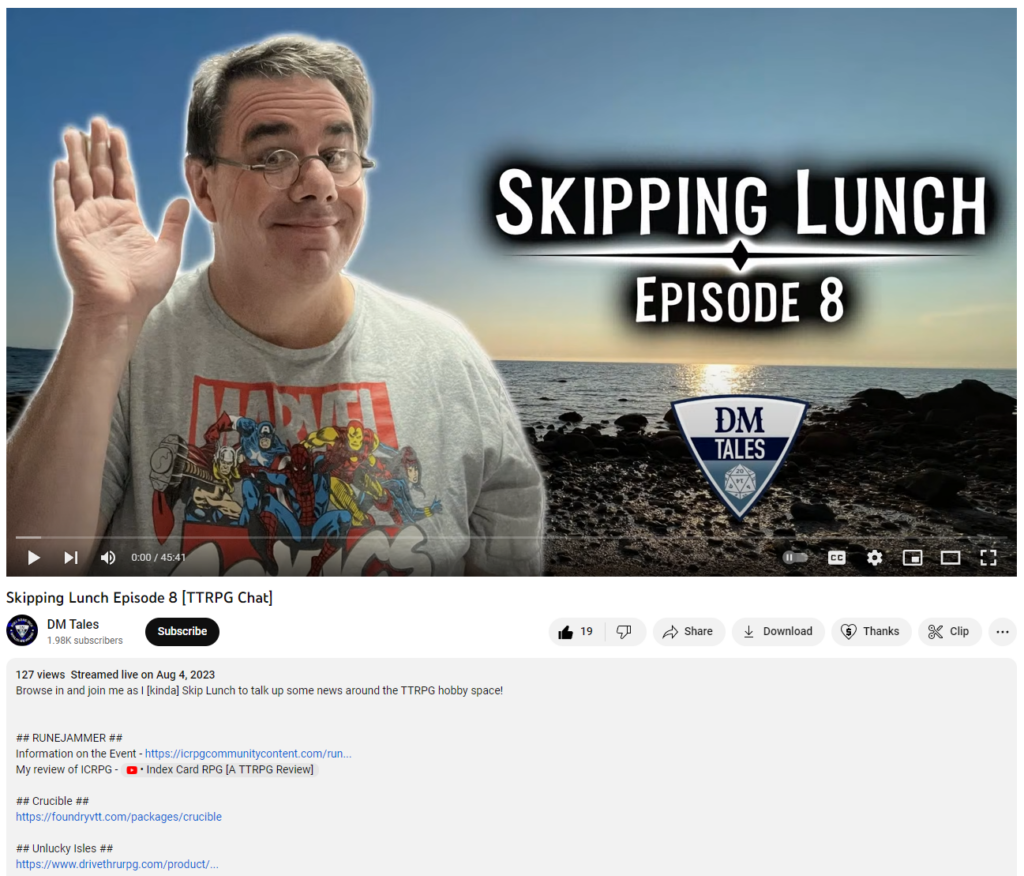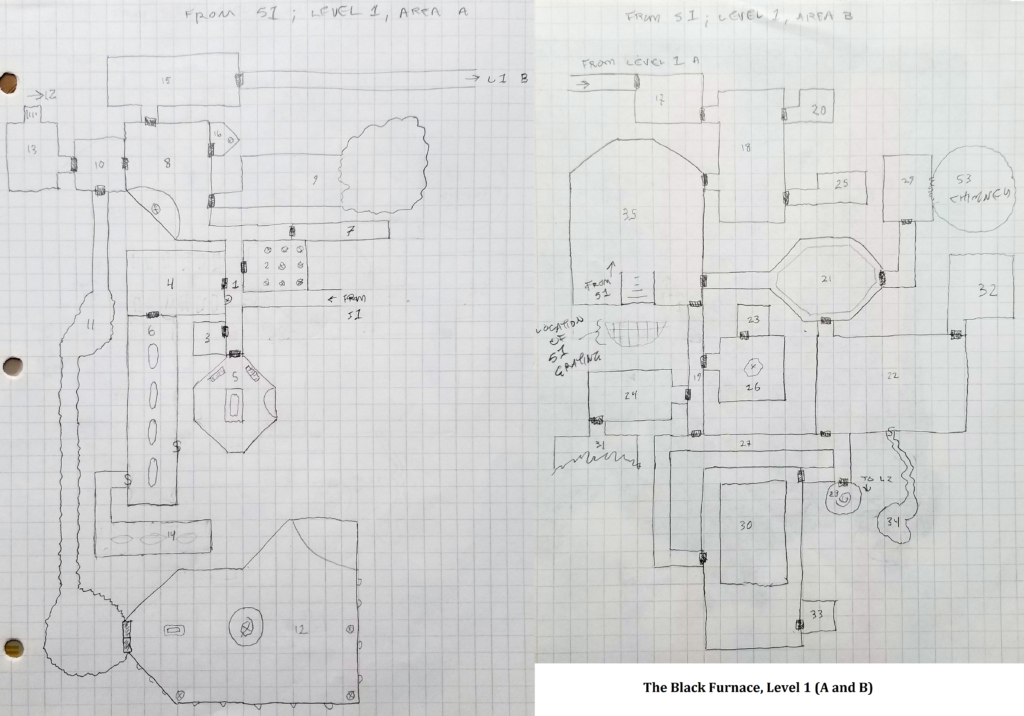Godsbarrow apocalypse narrowly averted
I haven’t written about the end of the world in Godsbarrow, but the entire setting — everything I’ve ever created for it that doesn’t live here, on Yore — nearly vanished today. I woke up to a corrupted hard drive, which Windows helpfully automatically recovered for me…but without hundreds of gigs of files, including my […]
Godsbarrow apocalypse narrowly averted Read More »


